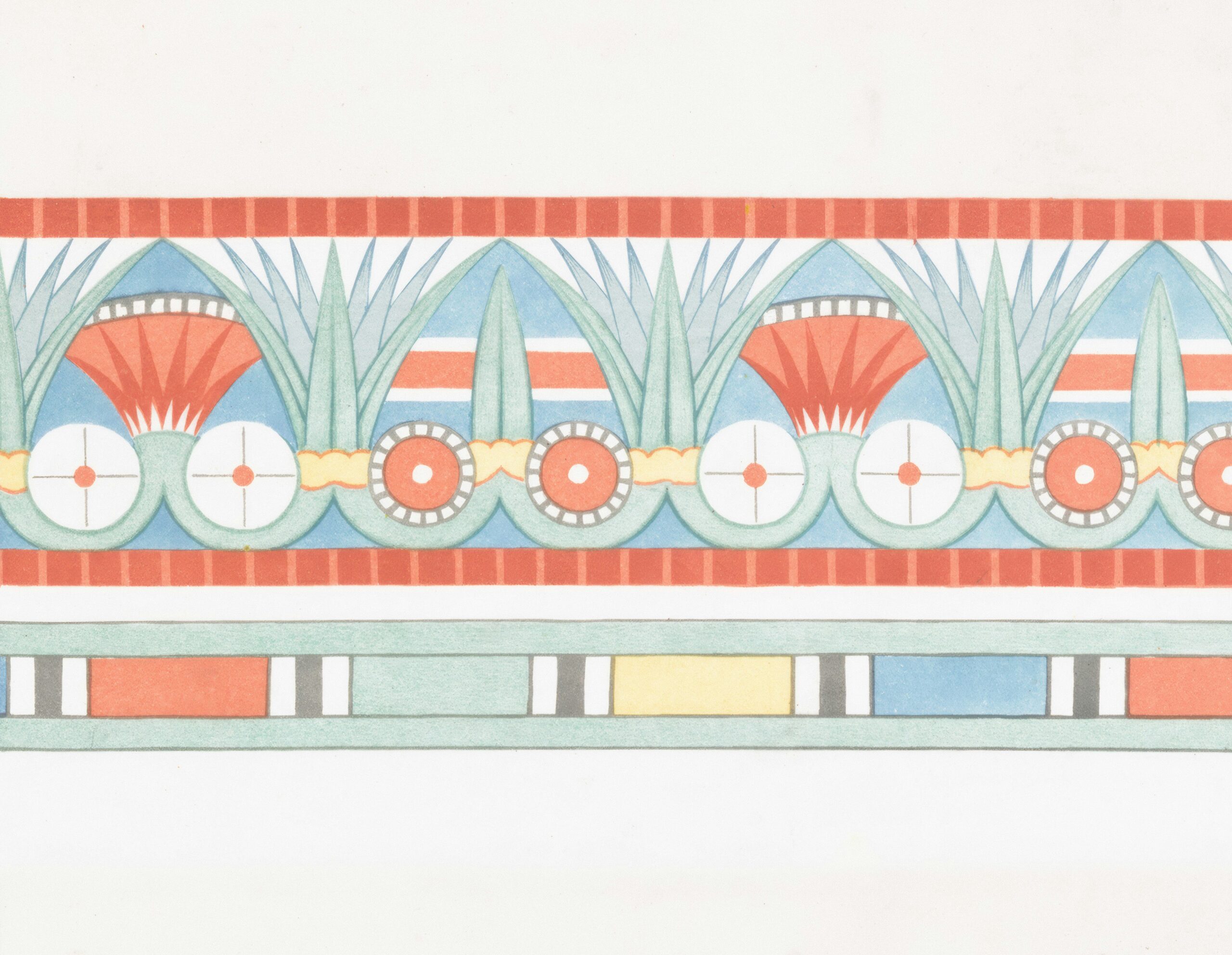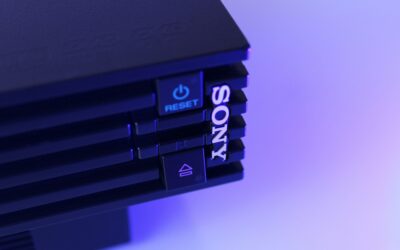In the rapidly evolving landscape of digital communication, Rich Communication Services (RCS) has emerged as a game-changer, offering businesses a powerful platform to engage with their customers. Unlike traditional SMS, RCS provides a rich, interactive experience that allows for multimedia content, dynamic messaging, and enhanced user engagement. As businesses strive to capture the attention of their audience, understanding RCS design patterns becomes crucial.
These patterns not only enhance the visual appeal of messages but also improve user interaction and conversion rates. At the forefront of this innovation is SMS-iT, the world’s first No-Stack Agentic AI Platform that unifies CRM, ERP, and over 60 microservices. With SMS-iT, businesses can leverage RCS design patterns to create compelling messaging experiences that resonate with their audience.
The platform’s built-in communications capabilities—including SMS, MMS, RCS, email, voice, and video—enable seamless integration of rich content into messaging strategies. By harnessing the power of Agentic AI agents that autonomously plan, act, and adapt, businesses can ensure that their RCS messaging is not only visually appealing but also strategically effective.
Key Takeaways
- RCS design patterns are essential for creating engaging and interactive messaging experiences.
- Cards in RCS design allow for the display of rich media content and interactive elements.
- Carousels are effective for presenting a series of related content in a visually appealing manner.
- Well-designed CTAs in RCS messages can significantly impact user engagement and conversion rates.
- Interactive cards and carousels in RCS messaging can enhance user experience and drive better results.
Understanding Cards in RCS Design
Cards are a fundamental component of RCS design patterns, serving as versatile containers for various types of content. They can include images, text, buttons, and even interactive elements that encourage user engagement. The beauty of cards lies in their ability to present information in a digestible format, making it easier for users to interact with the content.
For businesses utilizing SMS-iT, the card design feature allows for the creation of visually striking messages that can convey complex information succinctly. When designing cards for RCS messaging, it’s essential to consider the user experience. Each card should be crafted with clarity and purpose in mind.
The integration of multimedia elements—such as images or videos—can significantly enhance the appeal of the message. Moreover, incorporating clear calls-to-action (CTAs) within the card can guide users toward desired actions, whether it’s making a purchase, signing up for a newsletter, or exploring additional content. With SMS-iT’s Workflow Builder and 32+ Smart Tools, businesses can easily create and customize cards that align with their branding and messaging goals.
Utilizing Carousels for Engaging RCS Content
Carousels are another powerful design pattern in RCS messaging that allows businesses to showcase multiple pieces of content within a single message. This format is particularly effective for storytelling or presenting a series of related products or services. By utilizing carousels, brands can create an engaging narrative that captures the attention of users and encourages them to explore further.
With SMS-iT’s advanced capabilities, businesses can effortlessly implement carousel designs that are not only visually appealing but also strategically aligned with their marketing objectives. Each card within the carousel can feature distinct content—such as product images, descriptions, and CTAs—allowing for a dynamic user experience. This interactivity fosters deeper engagement as users swipe through the carousel, discovering more about what the brand has to offer.
The ability to track user interactions with carousels also provides valuable insights into customer preferences and behaviors, enabling businesses to refine their messaging strategies over time.
Best Practices for Designing CTAs in RCS
Calls-to-action (CTAs) are critical elements in any messaging strategy, particularly in RCS where user engagement is paramount. Designing effective CTAs requires a thoughtful approach that considers both the visual design and the language used. A well-crafted CTA should be clear, concise, and compelling, prompting users to take immediate action.
Utilizing action-oriented language can significantly enhance the effectiveness of CTAs in RCS messages. Incorporating CTAs within cards and carousels is essential for guiding users toward desired outcomes. With SMS-iT’s built-in communications tools, businesses can create CTAs that stand out visually while maintaining alignment with their overall branding.
Testing different CTA designs and placements can also yield valuable insights into what resonates best with the audience. By continuously optimizing CTAs based on user feedback and performance metrics, businesses can maximize conversion rates and drive meaningful engagement through their RCS messaging.
Creating Interactive Cards for RCS Messaging
Interactive cards are a standout feature of RCS design patterns that elevate user engagement to new heights. These cards allow users to interact directly with the content—whether it’s selecting options, answering questions, or participating in polls. By incorporating interactivity into messaging strategies, businesses can create memorable experiences that foster deeper connections with their audience.
SMS-iT empowers businesses to design interactive cards that align with their specific goals. For instance, a retail brand might use interactive cards to allow users to customize products or explore different styles through a visual interface. This level of engagement not only enhances user satisfaction but also increases the likelihood of conversion as customers feel more involved in the decision-making process.
By leveraging SMS-iT’s Agentic AI capabilities, businesses can analyze user interactions with these cards to refine their offerings and improve overall messaging effectiveness.
Enhancing User Experience with Carousel Design in RCS
The design of carousels plays a pivotal role in enhancing user experience within RCS messaging. A well-structured carousel should flow seamlessly from one card to another, creating a cohesive narrative that captivates users’ attention. To achieve this, businesses must consider factors such as card order, visual consistency, and thematic relevance.
With SMS-iT’s advanced design tools, businesses can create carousels that not only look stunning but also tell a compelling story. For example, a travel agency might use a carousel to showcase various vacation destinations, each card highlighting unique features and experiences. By providing users with an immersive journey through the carousel, brands can evoke emotions and inspire action—whether it’s booking a trip or requesting more information.
The ability to track user engagement with carousel designs further enables businesses to refine their strategies and deliver even more impactful messaging experiences.
Optimizing CTAs for Conversion in RCS Messages
Optimizing CTAs for conversion is an ongoing process that requires careful analysis and adaptation based on user behavior. In the context of RCS messaging, this means continually testing different CTA designs, placements, and messaging strategies to determine what resonates most effectively with the audience. A/B testing is an invaluable tool in this regard, allowing businesses to compare different versions of CTAs and identify which ones drive higher engagement and conversion rates.
SMS-iT provides businesses with the tools necessary to conduct A/B testing on their RCS messages seamlessly. By analyzing performance metrics such as click-through rates and user interactions, brands can gain insights into what works best for their target audience. This data-driven approach enables continuous improvement in messaging strategies, ensuring that CTAs remain relevant and effective over time.
Ultimately, optimizing CTAs for conversion not only enhances user experience but also drives tangible results for businesses leveraging SMS-iT’s innovative platform.
Implementing Card Design Patterns for RCS Business Messaging
Implementing effective card design patterns is essential for businesses looking to maximize their impact through RCS messaging. These patterns provide a framework for creating visually appealing and engaging messages that resonate with users. By adhering to best practices in card design—such as maintaining visual consistency, using clear typography, and incorporating interactive elements—businesses can create messages that stand out in crowded inboxes.
With SMS-iT’s comprehensive suite of tools and features, businesses can easily implement card design patterns tailored to their specific needs. The platform’s Workflow Builder allows for seamless integration of cards into broader messaging campaigns while ensuring that each card aligns with branding guidelines and marketing objectives. By leveraging SMS-iT’s capabilities to create compelling card designs, businesses can enhance their communication strategies and foster stronger connections with their audience.
Leveraging Carousels for Storytelling in RCS Marketing
Storytelling is a powerful marketing technique that resonates deeply with audiences when executed effectively through RCS carousels. By utilizing this format to weave narratives around products or services, brands can create emotional connections with users that drive engagement and loyalty. Each card within the carousel serves as a chapter in the story—drawing users in and encouraging them to explore further.
SMS-iT enables businesses to craft compelling narratives through carousel designs that captivate audiences from start to finish. For instance, a fashion retailer might use a carousel to tell the story of a new clothing line—from inspiration to design to final product showcase—inviting users on a journey that highlights the brand’s values and craftsmanship. This storytelling approach not only enhances user experience but also reinforces brand identity and encourages conversions as users feel more connected to the narrative being presented.
A/B Testing CTAs in RCS Messages for Improved Performance
A/B testing is an essential strategy for optimizing CTAs in RCS messages and improving overall performance. By comparing different versions of CTAs—such as varying text, colors, or placements—businesses can gain valuable insights into what drives user engagement and conversion rates. This iterative process allows brands to refine their messaging strategies continuously based on real-time data.
With SMS-iT’s robust analytics capabilities, businesses can easily conduct A/B tests on their RCS messages and track performance metrics over time. This data-driven approach empowers brands to make informed decisions about their CTA designs and placements—ensuring that they resonate effectively with their target audience. By embracing A/B testing as part of their messaging strategy, businesses can maximize engagement and drive meaningful results through their RCS communications.
Maximizing Engagement with RCS Design Patterns
In conclusion, leveraging RCS design patterns is essential for businesses looking to maximize engagement and drive conversions through their messaging strategies.
From understanding the power of cards and carousels to optimizing CTAs for performance, each element plays a crucial role in creating compelling experiences for users.
With SMS-iT at the forefront of this innovation—offering a unified platform powered by Agentic AI—businesses have access to the tools they need to succeed in today’s competitive landscape.
By embracing these design patterns and implementing best practices within their RCS messaging strategies, brands can foster deeper connections with their audience while achieving predictable outcomes through SMS-iT’s RAAS model (Results-as-a-Service). As more than 21,000 businesses have already discovered the benefits of SMS-iT—with 500K+ free leads generated monthly and an impressive 94% task success rate—it’s time for your business to join the No-Stack Revolution. Start your journey today by signing up for a free trial or scheduling a demo to see how SMS-iT can transform your communication strategy!
FAQs
What are RCS Design Patterns?
RCS Design Patterns are a set of standardized design elements and layouts used in Rich Communication Services (RCS) messaging to enhance user experience and engagement.
What are Cards, Carousels, and CTAs in RCS Design Patterns?
Cards, Carousels, and CTAs are specific design patterns commonly used in RCS messaging to present content in a visually appealing and interactive manner. Cards are individual content containers, carousels allow users to swipe through multiple cards, and CTAs are interactive buttons prompting users to take specific actions.
How do Cards enhance RCS messaging?
Cards in RCS messaging provide a visually engaging way to present content such as images, text, and interactive elements. They can be used to showcase products, provide information, or prompt users to take specific actions.
What is the purpose of Carousels in RCS messaging?
Carousels in RCS messaging allow users to swipe through multiple cards, providing a seamless way to explore a series of related content or products within a single message.
How are CTAs used in RCS messaging?
CTAs, or Call-to-Action buttons, are used in RCS messaging to prompt users to take specific actions such as making a purchase, booking an appointment, or visiting a website. They provide a direct and interactive way for users to engage with the content.









